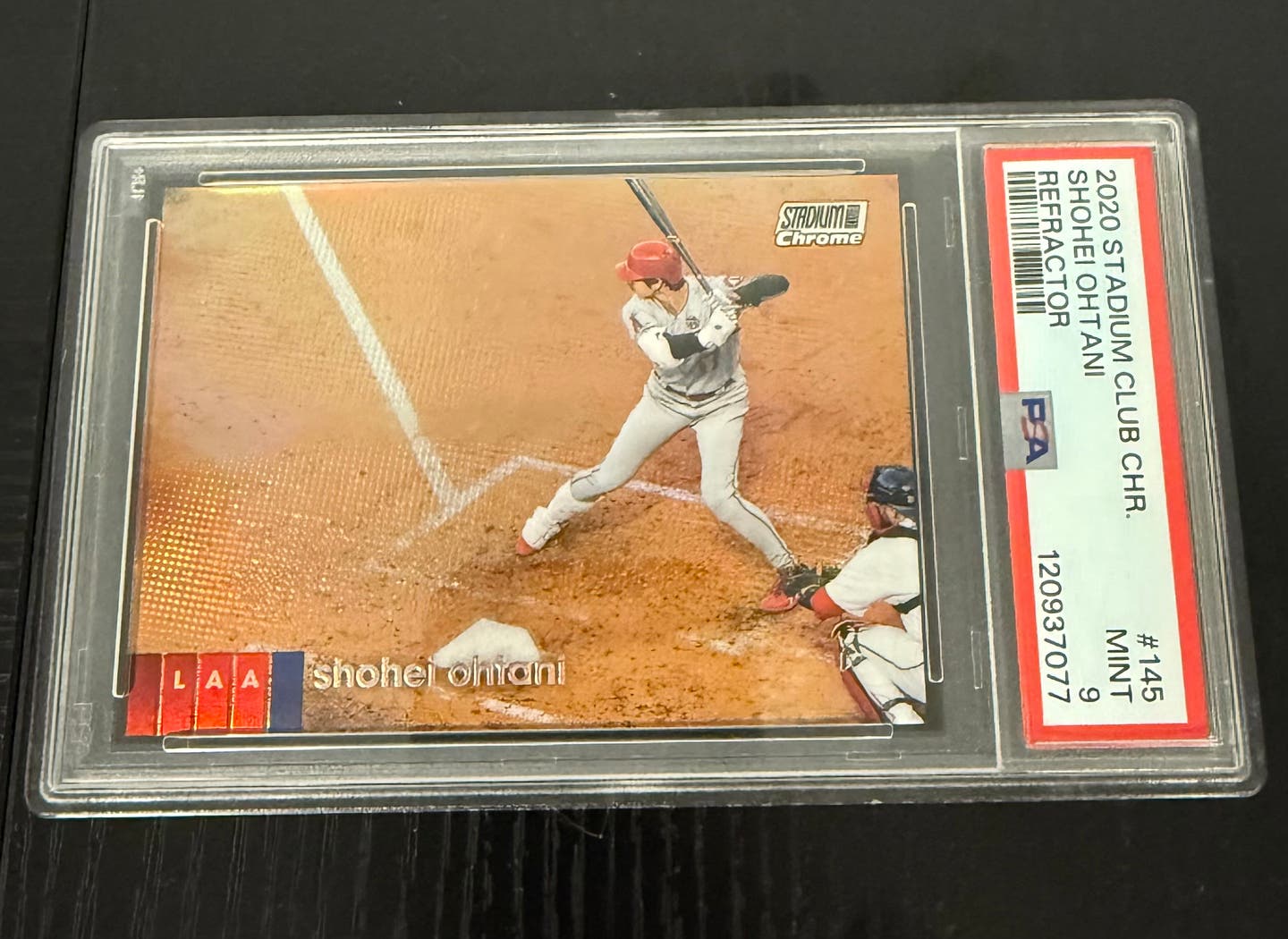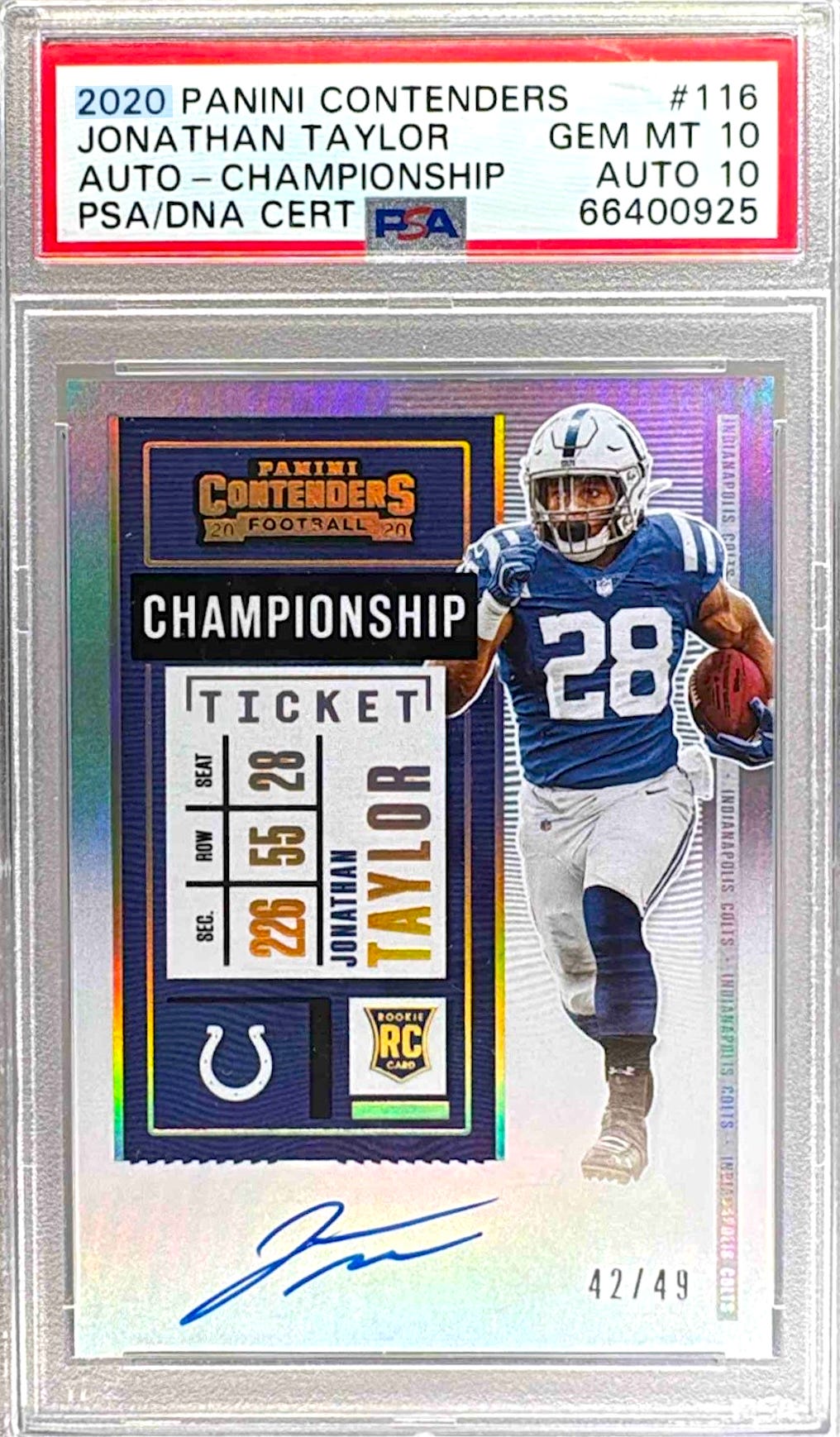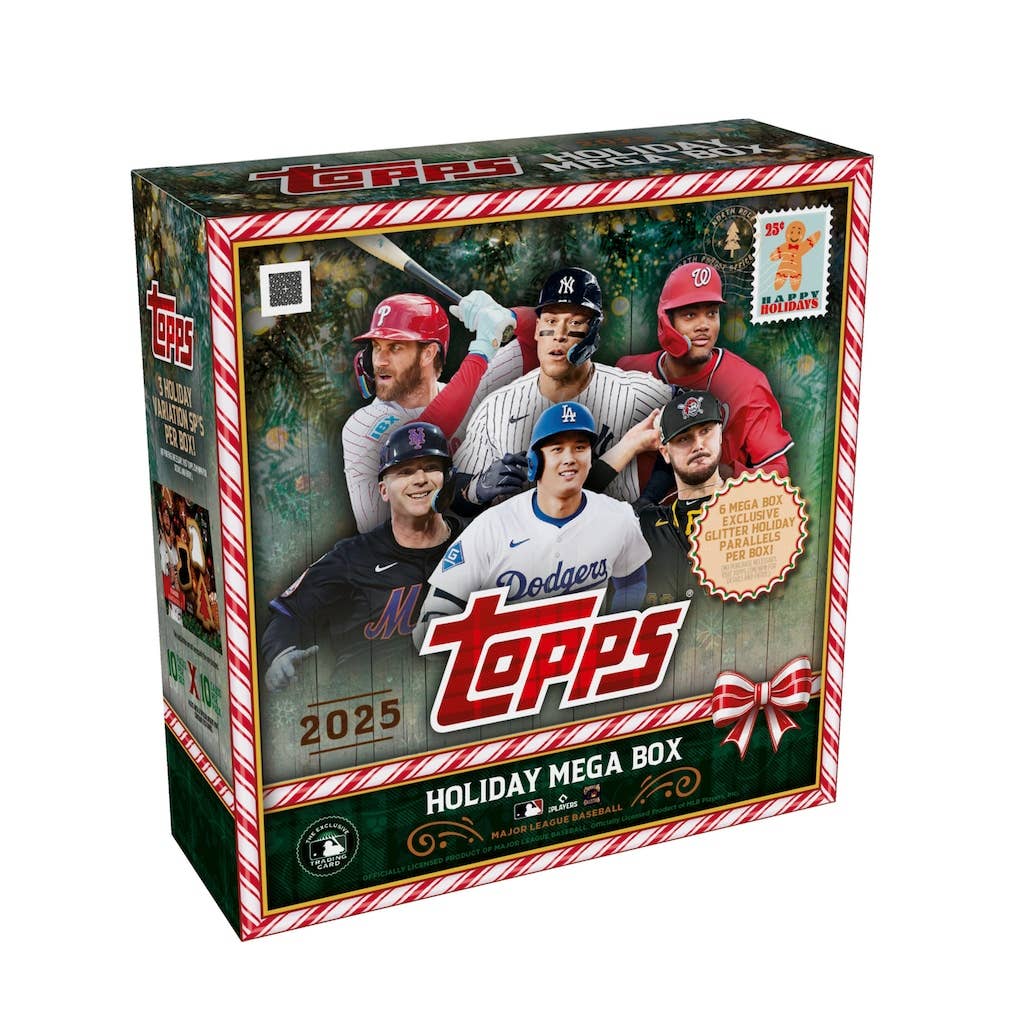Cards
A ‘Giant’ Among Topps Baseball Card Sets
By John McMurray
Issued during a decade when many baseball card sets were renowned for the creativity of their front designs, the 1964 Topps Giants set offered the simplest design of all – and remains extremely popular because of it.
With only a baseball on the card fronts, which included the player’s position, name and team to accompany the player’s photo, the 1964 Topps Giants set serves as one of the best examples of how a baseball card set with a clean, uncluttered design can become a classic issue.
At a time when portraits and posed shots abounded in Topps’ regular-issue sets, the 1964 Topps Giants offered a different perspective, with nearly half of the set’s 60 cards including some kind of action shot. The cards of Bob Gibson following through with a pitch, of Willie Mays batting or of Leon Wagner about to catch a ball offered more unique poses and sharper images than the many portraits which filled Topps regular-issue set that year. Topps’ approach in this set was new and innovative and laid the groundwork for more varied card fronts in the years to follow.
Over time, however, the appeal of the 1964 Topps Giants set has been hindered by the fact that these 3-1/8-by-5-1/4-inch postcard-sized cards are difficult to store. Collectors have always seemed to view significantly oversized cards as second-tier collectibles, and the fact that the 1964 Topps Giants cards also made up a one-time specialty issue only makes them more obscure.
Still, relative to the small sets Topps issued of player coins, photo tattoos and stand-ups, which Topps also issued that year, the 1964 Topps Giants have had the most staying power. Ask collectors for memorable cards of the early 1960s, and there is little doubt the Sandy Koufax and Mickey Mantle cards would be high on virtually any list. The poses of Al Kaline and Rocky Colavito batting; of Elston Howard catching; or the portraits of Hank Aaron, Whitey Ford, and Warren Spahn are easily recognized by collectors and have become some of the most memorable cards of the decade.
The 1964 Topps Giants set is essentially a set of standout players. With 21 cards – more than one-third of the set – being Hall of Famers, this set contains a star power which few others can match. Dean Chance, Jim Fregosi and Frank Howard are among the other top-level stars included in the set. But the set also contains an array of lesser-known players who had recent success, from Bob Bailey and Dick Farrell to Pete Ward and Dave Wickersham.
Complete sets in top condition are not difficult to find and often cost less than $300. The set likely offers the best opportunity to locate contemporary cards of Hall of Fame players at a reasonable price. It is stunning that the 1964 Topps Giants Mantle card still routinely sells for less than $100 in top condition. With cards of many Hall of Famers being routinely available for less than $10, most 1964 Topps Giants cards remain exceptionally affordable.
Given that collectors at the time these cards were issued had few good options for storing these large cards, that so many exist in high grades is remarkable. The set contains seven well-known short prints, with the Wayne Causey, Galen Cisco, Bob Friend, Koufax, Mays, Bill Skowron and Dick Stuart being notably harder to locate.
Player selection is an issue in this set, as only three players from all 20 major league teams were included. The three Los Angeles Dodgers in the 1964 Topps Giants set, for instance, were Tommy Davis, Howard and Koufax – but not Don Drysdale or Maury Wills. It is easy to understand why the San Francisco Giants included were Orlando Cepeda, Juan Marichal and Willie Mays, but Willie McCovey’s absence is glaring. Jim Bouton, Roger Maris and Pete Rose were only some of the stars of 1963 who were not included in the 1964 Topps Giants set on account of this three-player limitation.
The card backs read like a newspaper story, with headlines such as “Maloney Fans 8 In a Row” and “Rookie Pinson Smacks 200th Hit.” Each back also includes a small black-and-white photo. The lack of traditional statistics on the card backs allow for more complete discussion of each player’s achievements than was typical in baseball cards at the time.
What stands out about the 1964 Topps Giants cards is the sharp photography. When comparing, for instance, Kaline’s regular-issue card to his 1964 Topps Giant card, the latter simply offers a more distinctive pose and a much clearer image. The same is true of the Mays card. While there are some exceptions (Luis Aparico’s ’64 Topps card with him about to throw is probably better than his portrait in the Topps Giants set), for the most part, each player had his “best” card in the 1964 Topps Giants set that year.
The 1964 Topps Giants cards are in the mold of the 1957 Topps set, where the player images themselves were the story rather than the card design. Some of the most memorable baseball card designs ever – including the 1967 and 1969 Topps cards – made use of this minimalist approach, one which Topps surely could employ again with great success. Not only are these cards undervalued relative to other Topps’ cards of the time, but they also are excellently done and deserve a place in any baseball card collection.
John McMurray writes about vintage cards for SCD. He can be reached at jmcmurray04@yahoo.com.








